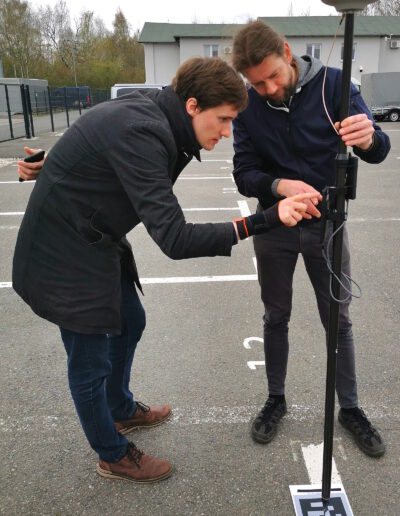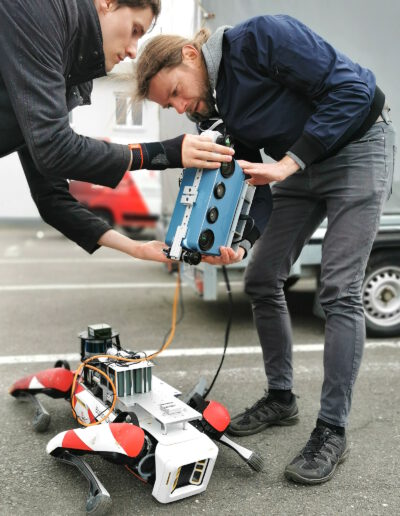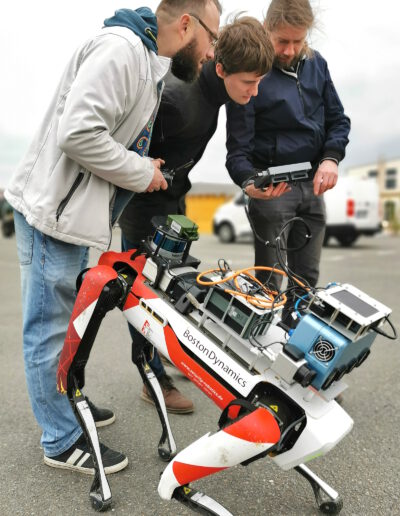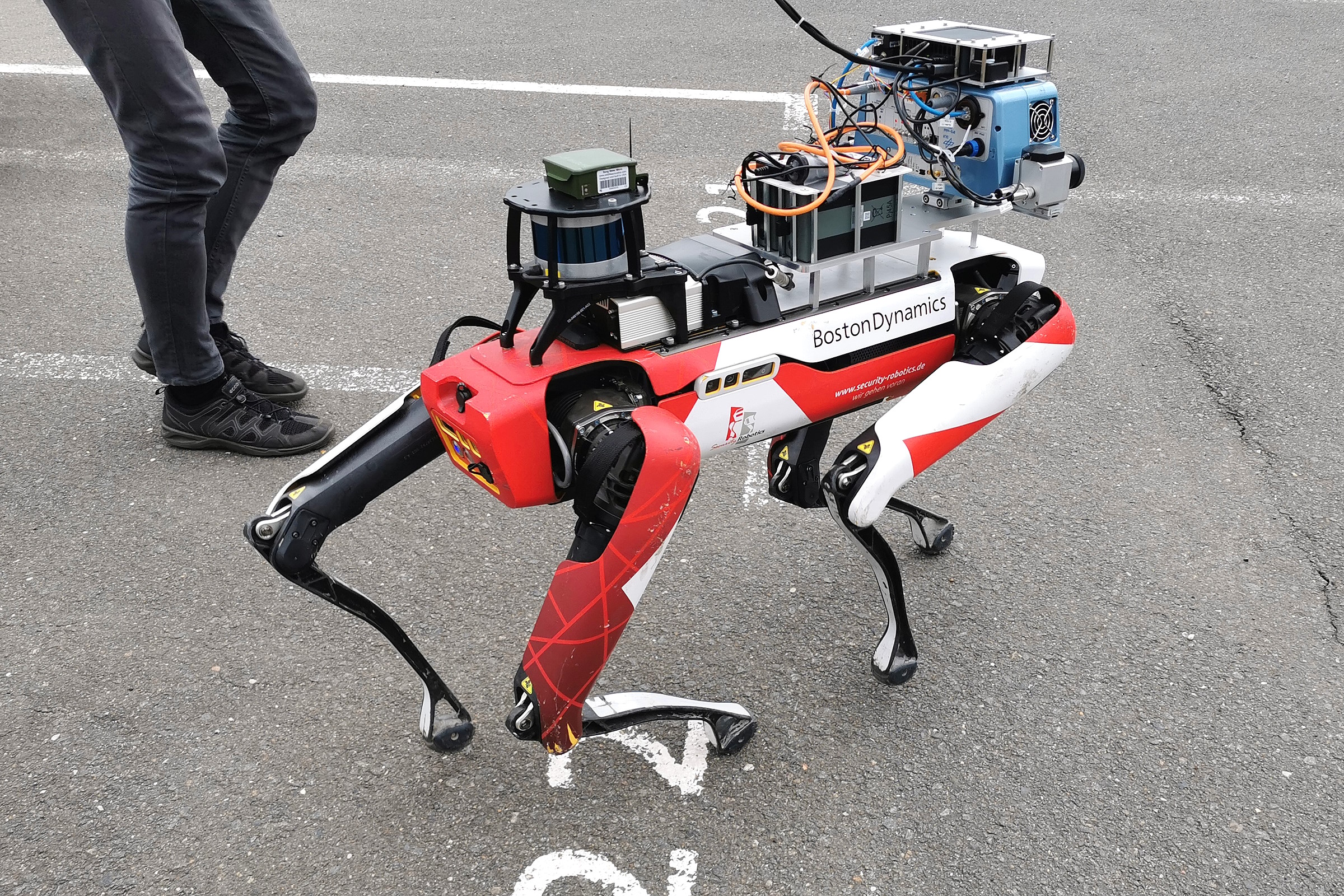
Networked robotic systems that are used in the areas of security, maintenance and facility management score points there primarily thanks to their mobility and modularity. In order to be able to follow defined routes and act autonomously, these systems must be able to orient themselves in the environment. This is usually done by using the well-known GPS/Global Position System, which, however, reaches its limits without a view of the sky, e.g. in buildings. The innovative IPS technology has the potential to change this.
The technology is being developed at the DLR Institute of Optical Sensor Systems (DLR-OS), which was awarded the Berlin/Brandenburg Innovation Prize for it at the end of 2018. The new approach combines a variety of technologies and sensors in one device, i.e. each part contributes its strengths and minimises the weaknesses of the others. Orientation is provided by visual sensor technology, for example using stereo cameras, thermal cameras and inertial measurement systems. Obstacles such as vibrations, shaking, glare, reflections, backlighting, etc. are filtered through the sensor fusion and do not reduce the measurement accuracy of the system.
IPS Navigation can integrate GPS and WiFi, but also works without their presence and, this is a great advantage, does not require any further room and environment data in advance.
In addition to a compact handheld version, there are also IPS devices that are intended for direct use on mobile platforms.
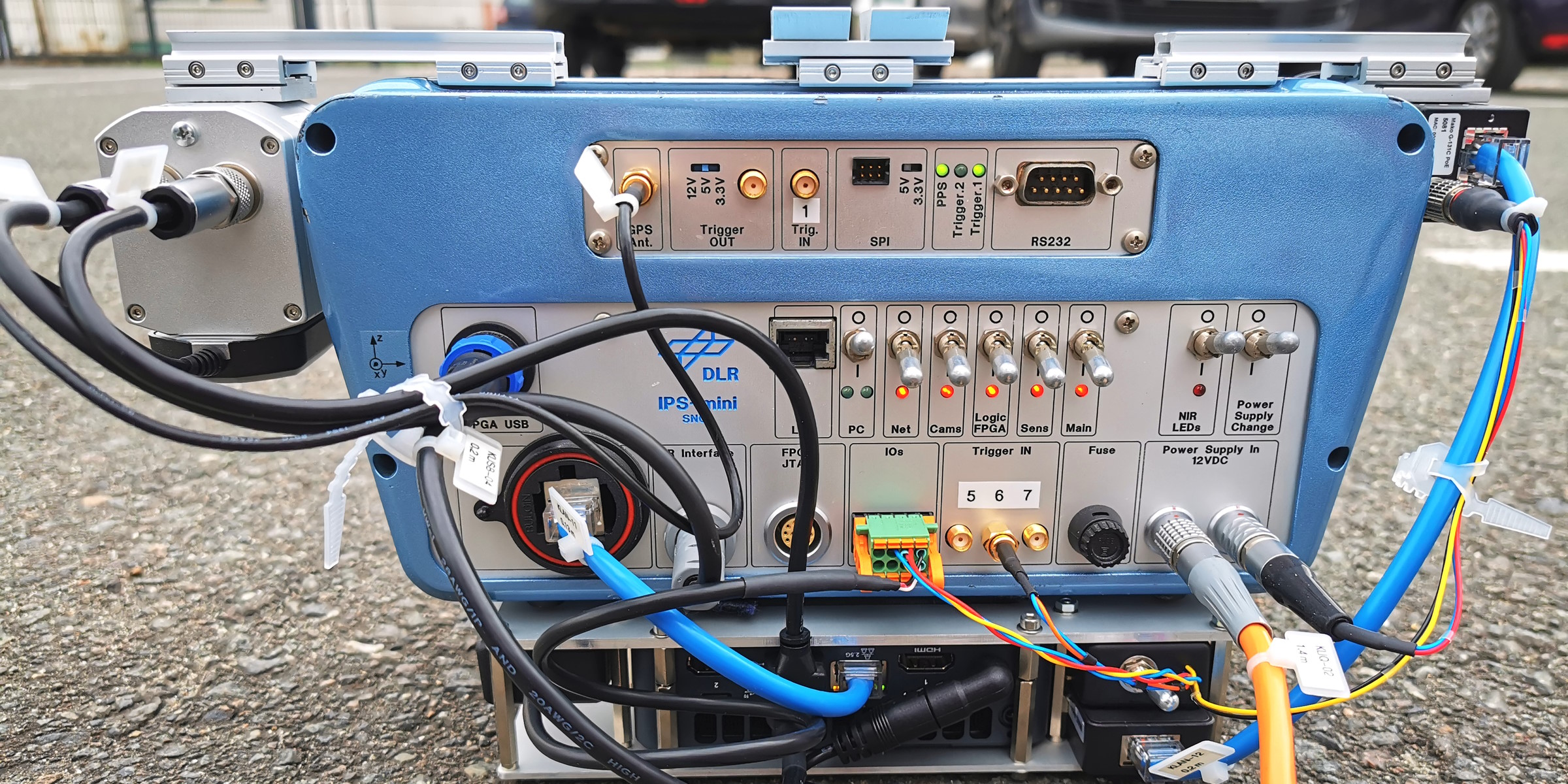
The mobile carrier must meet certain performance parameters in terms of stability, load-bearing capacity, interfaces and mobility, requirements that are ideally fulfilled by a walking robot like Spot. The quadruped is designed to carry, support and safely use various payloads on its chassis. Depending on the position and weight of the additional technology, such as in this case a compact IPS module, the centre of gravity is redefined. This allows the robot to continue to cross obstacles or elegantly + safely negotiate slopes and stairs, a mobility that is especially crucial inside buildings, corridors, tunnels and areas with heavy vegetation.

Before autonomous robots with a new individual payload can be used reliably in the long term, potential obstacles must of course be identified and removed. Our test site in the east of Leipzig offers the project team from DLR and Security Robotics sufficient opportunities for the mobile platform and IPS navigation module to learn to interact perfectly.
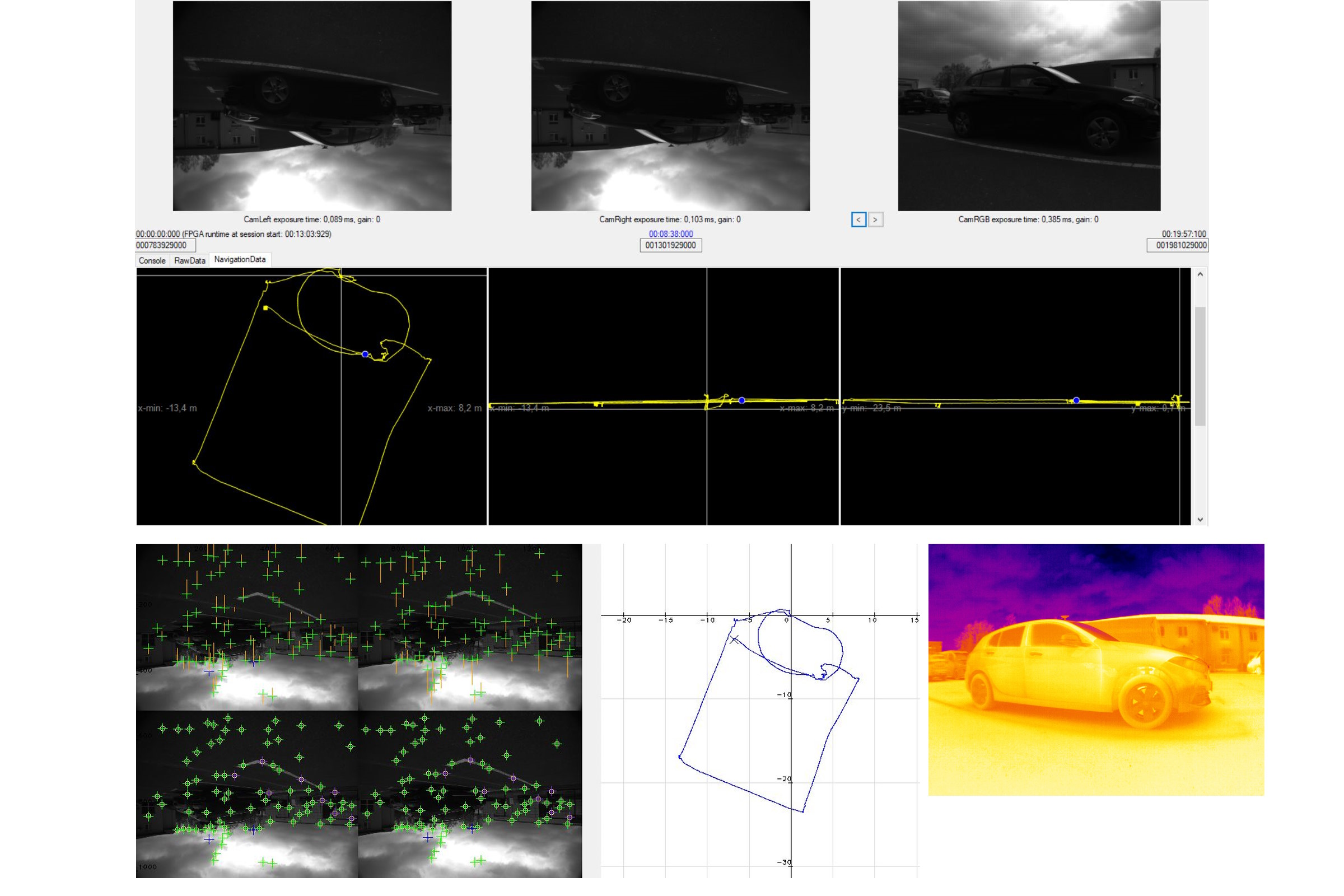
On the DLR-OS side, it is André Choinowski (system and hardware development) and Dr Patrick Irmisch (software development) from the Integrated Positioning System (IPS) working group in the Real-Time Data Processing department who are supervising the test series. In close cooperation, robots, sensors and software are coordinated and tested in practical use cases. The intended areas of application are surveys, inspections and maintenance jobs in mines, cave systems, jungles, dense forests, complex industrial plants, etc.
Projects like this clearly show how broad the application possibilities of robotics are and that new use cases are constantly emerging. We are looking forward to further cooperation with DLR and to the first missions of the IPS navigated robot.
CONTACT FOR PRESS & COMMUNICATION:
Michael Engel | m.engel@security-robotics.de
Mühlweg 44, 04319 Leipzig
Telefon: +49 341 2569 3369
